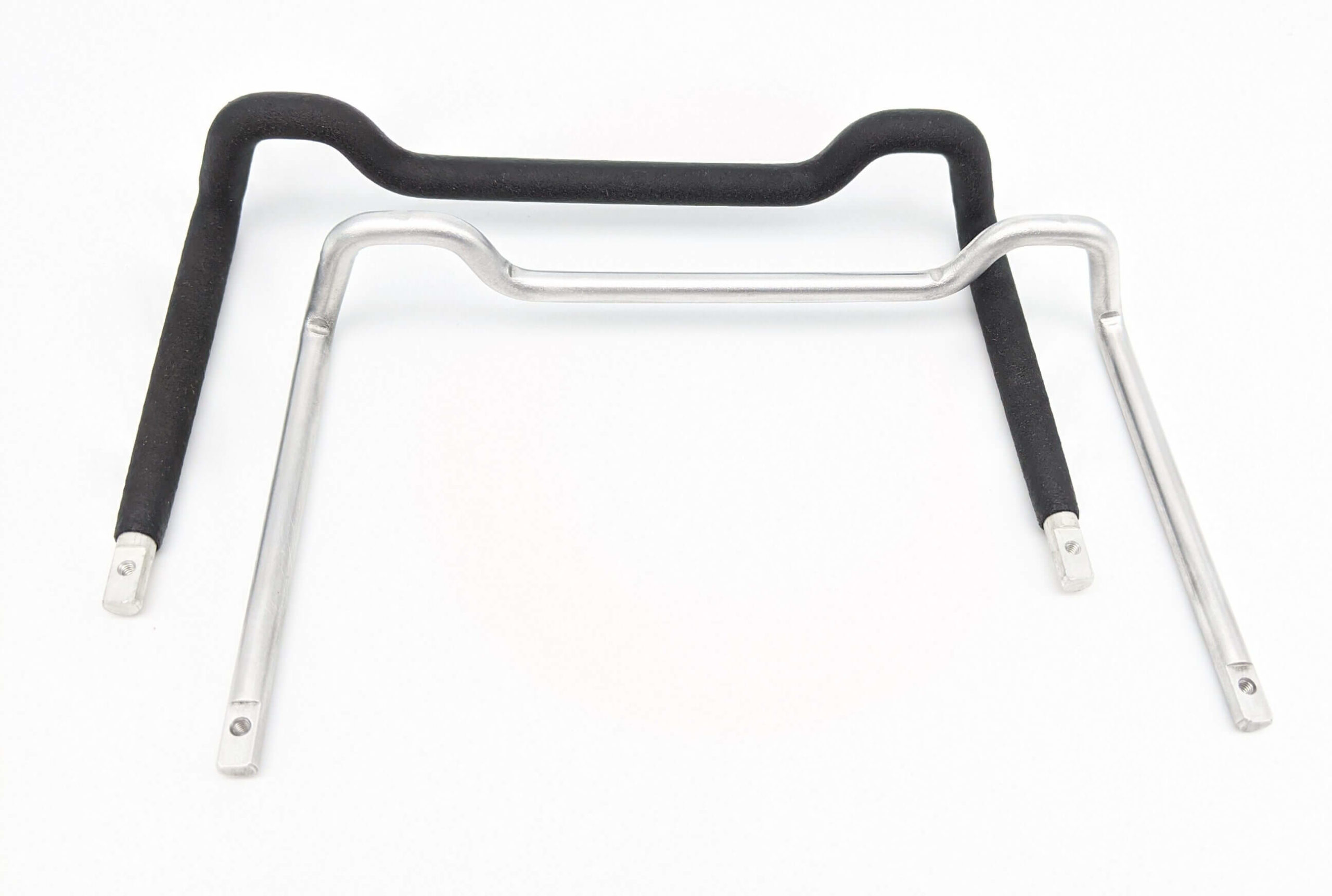Get unique, complex parts easily. No matter your requirements, Chaoyi Spring creates hard-to-produce coil springs and wire forms.
Let us help you create the custom wire form you need, from S-hooks and J-hooks to utility hooks and more.
We work closely with customers across a wide range of industries, helping them design and manufacture made-to-order parts.
Why choose Chaoyi Spring? We prioritize customer-focused collaboration, modern equipment and the latest technology to make your parts per print.
Find the information and guidance you need, from measuring a spring to learning about materials, placing an order and much more.
Spring compression is a fundamental process in various industries, from manufacturing and automotive to aerospace and beyond. Understanding the intricacies of spring compression and employing the right tools is crucial


Spring compression is a fundamental process in various industries, from manufacturing and automotive to aerospace and beyond. Understanding the intricacies of spring compression and employing the right tools is crucial for achieving accurate results, ensuring safety, and optimizing performance. This article delves into the world of spring compression, exploring different tools, techniques, and considerations for successful and efficient spring compression.

Spring compression involves applying force to a spring, reducing its length and storing potential energy. This process is essential in numerous applications, such as:
The choice of compression method and tools depends on the type of spring, the desired compression force, and the specific application.
A wide array of tools is available for spring compression, each designed for specific spring types and applications. Here are some common tools:
It's crucial to select the appropriate tool for the specific spring being compressed, taking into account factors such as spring size, compression force, and safety requirements.
The choice of compression technique depends on the spring type, desired compression level, and safety considerations. Here are some common methods:
Proper technique is crucial for safe and effective spring compression. It's important to consider factors such as spring material properties, compression force requirements, and potential safety hazards.
Spring compression can be a potentially hazardous process, so safety is paramount. Here are some key safety considerations:
By prioritizing safety and employing proper techniques, you can minimize risks and ensure a successful spring compression process.
When selecting the appropriate tools and techniques for spring compression, consider the following factors:
By carefully considering these factors, you can choose the best tools and techniques for your spring compression needs, ensuring safe, efficient, and reliable results.
Spring compression is a fundamental process in various industries, and mastering the art of spring compression requires understanding the different tools, techniques, and safety considerations. By choosing the right tools, employing proper techniques, and prioritizing safety, you can achieve accurate and reliable spring compression results, ensuring the optimal performance of your products and systems.
Whether you're assembling mechanical components, working on automotive systems, or undertaking any other application involving springs, understanding the principles of spring compression and utilizing the appropriate tools and techniques will help you achieve success and efficiency. Remember to always prioritize safety and select methods that are suitable for your specific needs.
Browse some of the custom wire forms and springs that we manufacture. Don’t see what you need? We specialize in made-to-order products that meet your application requirements.
Visit Our GalleryNeed a custom wire form or coil spring? We make it work. Fill out the contact form and a representative will respond within 1 business day. If you have a PDF or CAD file, you can submit to request a quote.